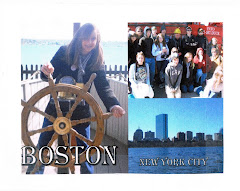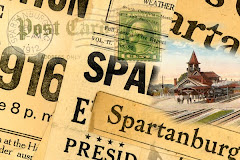 On the literary map, travel from Chicago to Springfield, Illinois.
On the literary map, travel from Chicago to Springfield, Illinois.Calculate:
# _____________ Miles to Springfield, Illinois
$ _____________ Cost for Gasoline to Springfield, Illinois
Visit Edgar Lee Masters at www.Poets.org and fill-in-the-blanks.
"Edgar Lee Masters was born in Garnett, Kansas, on August 23, 1868, but soon after his birth his family moved to Lewistown, Illinois, the town near Springfield where Masters grew up. His youth was marred by his father's financial struggles with a faltering law practice and __________________________________________. Masters attended Knox College for a year but was then forced by the family's finances to withdraw and continue his studies privately. He was admitted to the bar in 1891, and he moved to Chicago in 1892, where he found a job collecting bills for the Edison Company. He gradually built a successful law practice, and for eight years he was the partner of _____________________. In 1898 he published his first collection, _____________________________, and married. His first books, some of which were published under pseudonyms, showed strong influences from the English Romantic poets and _____________________. "
"During this time Masters considered writing a novel about the relationships of people in a small Illinois town. After reading J. W. Mackail's __________________________ , Masters felt the challenge to adopt the idea for his novel into this form, combining free verse, epitaph, realism, and cynicism to write ____________________________________ , a collection of monologues from the dead in an Illinois graveyard. The book was wildly successful, going through several editions rapidly and becoming one of the most popular books of poetry in the history of American literature."
Read “George Gray.”
Read “Lucinda Matlock.”
Read “Fiddler Jones.”
How does the sculpture on George Gray’s grave – a boat at rest in a harbor – symbolize his life?
Why is madness preferable to a life without meaning? What is George Gray’s attitude toward life now?
How would you characterize Lucinda Matlock’s life? Was it ordinary or unusual? Happy or unhappy?
Who are the “sons and daughters” Lucinda addresses at the end of the poem? Why does she call them “degenerate”? Contrast their attitude toward life with her own.
How is Fiddler Jones different from the other farmers in the community? He gives several examples of the way different people may view the same thing. What distinguishes his view of life?
Why do you think Fiddler Jones has “not a single regret”?



















